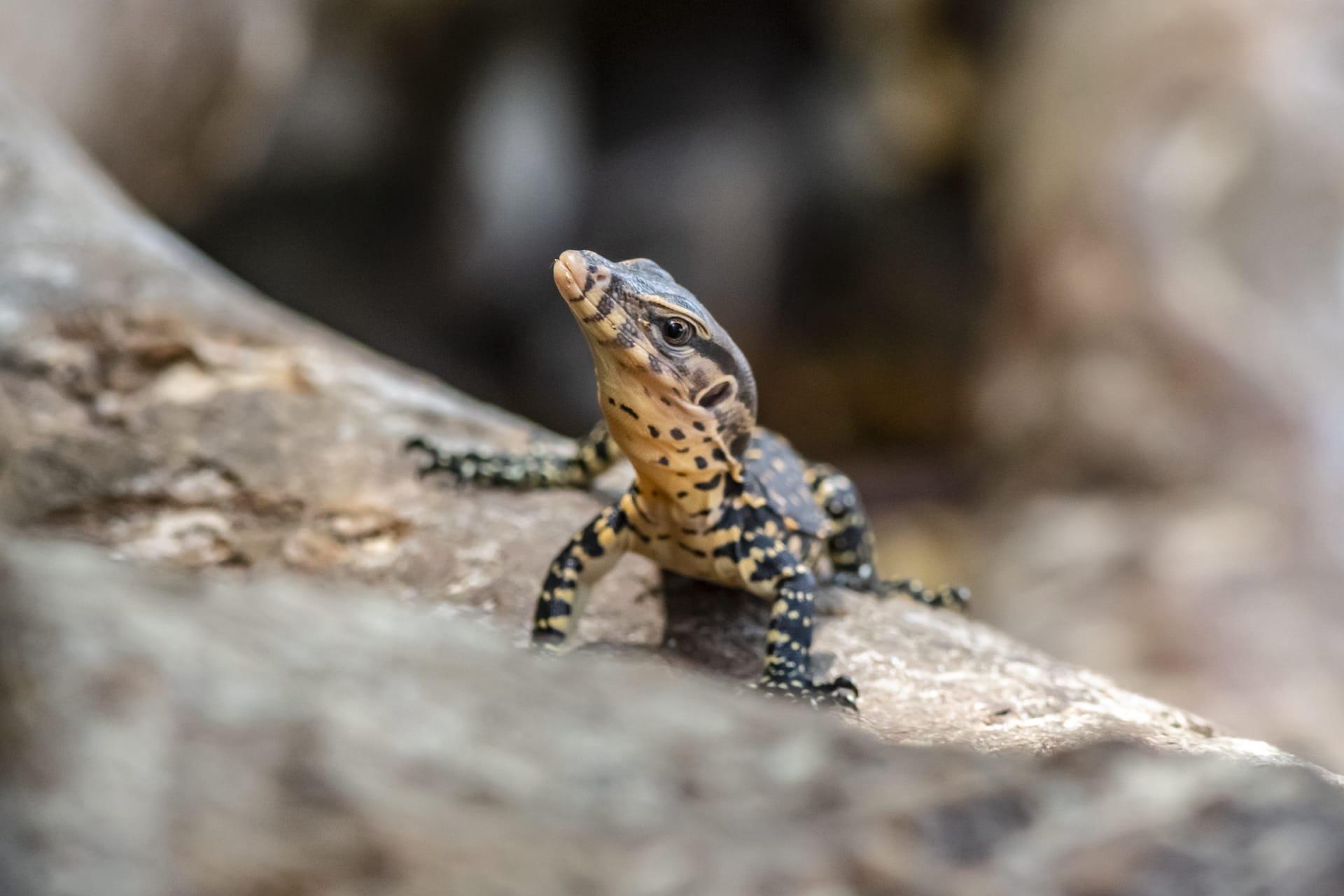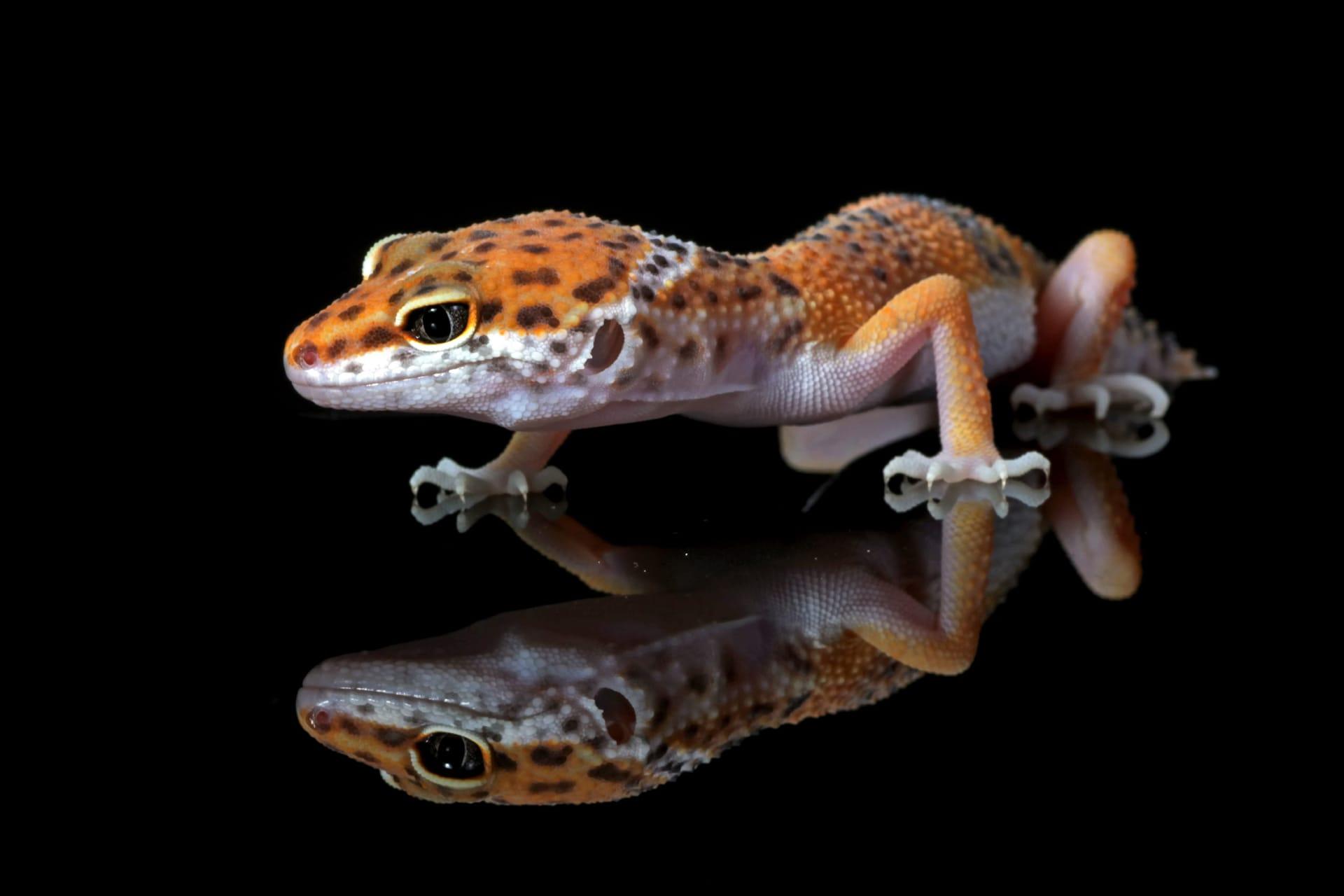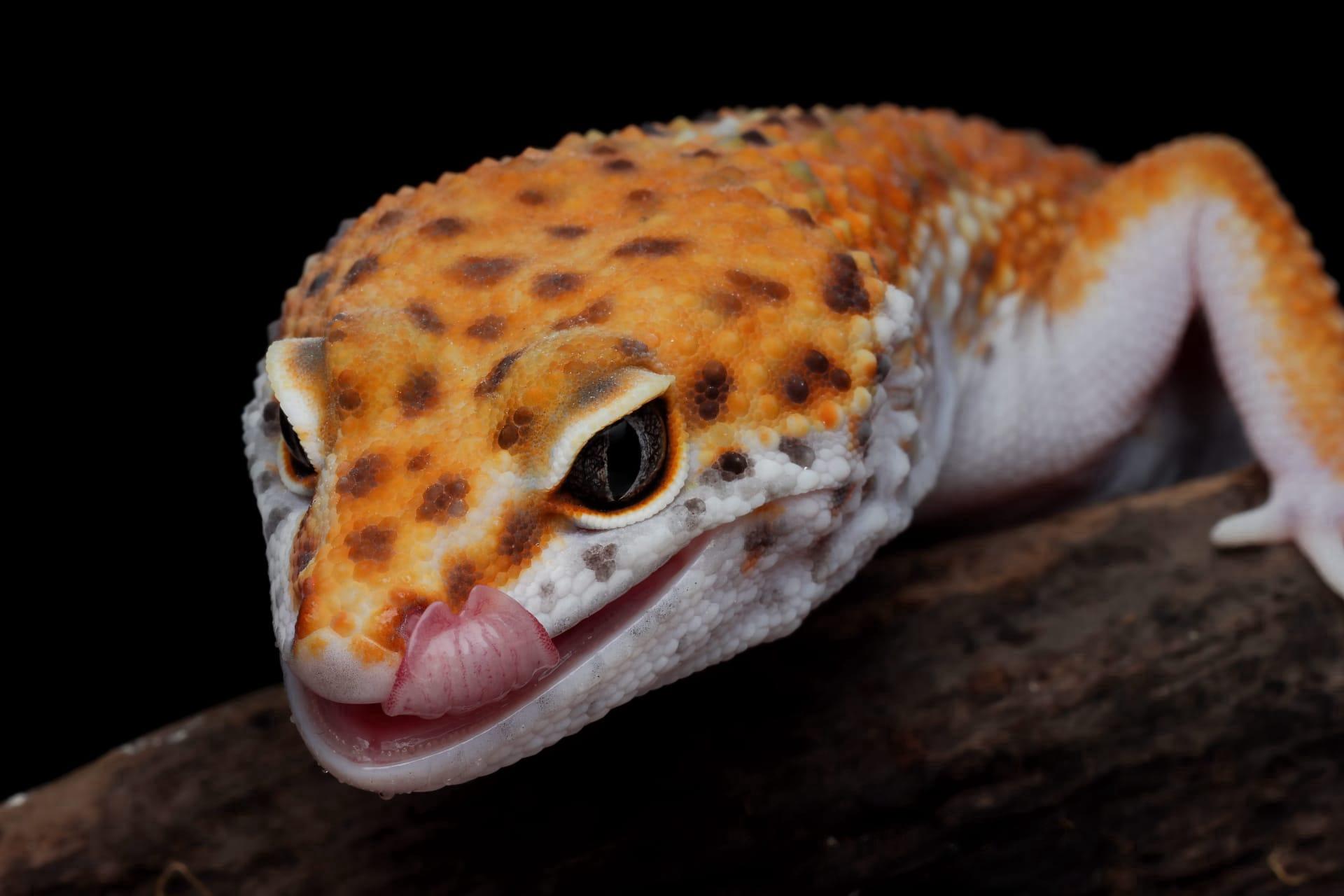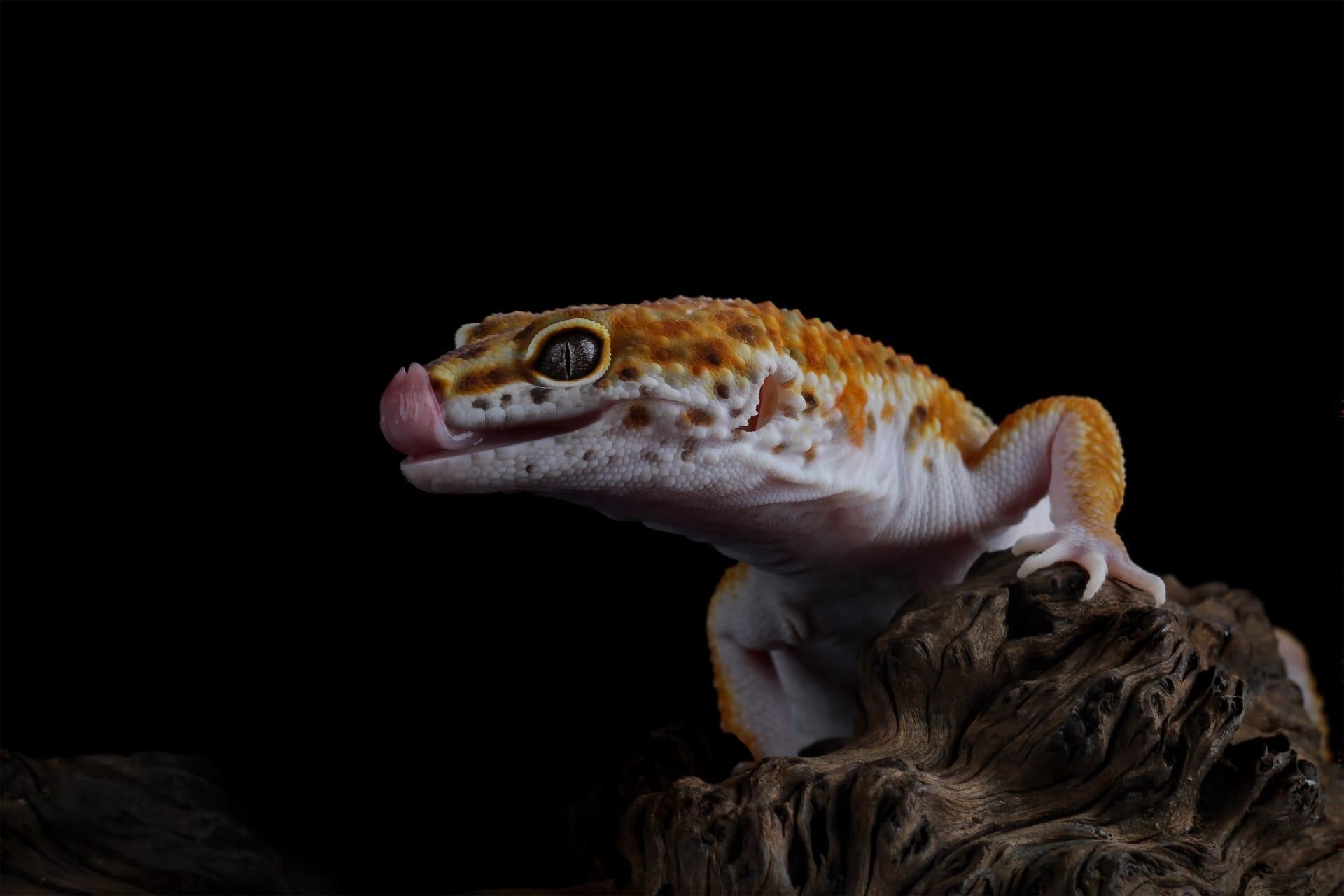Gecko
- Home /
- Mini Encyclopedia /
- Animal /
- Gecko
1
Geckos, a diverse group belonging to the Gekkonidae family, are fascinating creatures known for their unique adaptations. This family comprises over 1,500 species, making it one of the largest and most varied groups of lizards. They are classified under the suborder Gekkota, characterized by their distinct vocalizations, which is unusual for lizards, and adhesive toe pads. These species vary in size, with some as small as 1.6 inches (4 cm) and others growing up to 24 inches (60 cm) in length.
Geckos are found in warm climates throughout the world. They inhabit a range of environments from rainforests to deserts. Most gecko species are nocturnal, and they are particularly well-adapted to life in trees, although many species live on the ground or in burrows. Their distribution spans across continents, with a significant number found in Southeast Asia, the Pacific Islands, and parts of Africa, South America, and the southern United States. Some species have even adapted to human habitations, and can often be seen on walls and ceilings in tropical and subtropical areas.

2
Question: Do geckos have sticky secretions on their feet that help them stick to surfaces?
Answer: Contrary to popular belief, geckos do not rely on sticky secretions for adhesion. Instead, their remarkable ability to climb smooth surfaces, including vertical glass, is due to a physical phenomenon known as van der Waals forces. Each gecko toe is covered with hundreds of thousands of tiny hair-like structures called setae. These setae split into even smaller bristles called spatulae, which increase the surface area and thus the adhesive force. This adhesion method allows them to stick to surfaces without any liquids or suction involved.

3
Geckos have developed several survival strategies to thrive in their environments. One of their most famous adaptations is their vocal communication. Unlike most lizards, many gecko species can produce sounds ranging from chirps to barks, used for social interaction and territorial claims. Their ability to regenerate lost tails is another survival tactic. When threatened, a gecko can drop its tail, which continues to wiggle and distract predators, allowing the gecko to escape. The tail will eventually regrow, although it might not be as long or perfectly shaped as the original.
Another key survival strategy of geckos is their nocturnal lifestyle. By being active at night, they avoid many daytime predators and harsh environmental conditions like extreme heat. Their large, sensitive eyes are well-adapted to low light conditions, giving them an advantage in hunting insects and navigating in the dark. Additionally, their skin often features patterns and colors that provide excellent camouflage against predators.

4
In ecosystems, geckos play vital roles, particularly as part of the food web. They serve as significant predators of insects, helping to control pest populations. This predatory role is crucial in maintaining the balance of insect communities, especially in tropical and subtropical ecosystems. Geckos consume various insects, including mosquitoes, moths, and spiders, contributing to the health and balance of their habitats.
Geckos also serve as prey for larger animals, making them an integral part of the food chain. Birds, snakes, and larger mammals often feed on geckos, highlighting their role in transferring energy and nutrients through the ecosystem. Additionally, their presence in various environments, including urban areas, makes them important indicators of environmental health and biodiversity. They often adapt to changing environments, and their population status can reflect the overall health of an ecosystem.

5
Film: "Geckos: The Secret to Sticky Feet" (United States, 2014) explores the fascinating world of geckos, focusing on their unique ability to climb vertical surfaces. This documentary delves into the scientific research behind their adhesive toe pads, revealing the intricate structure of setae and spatulae. It also covers the potential applications of this knowledge in developing new adhesive technologies.
Book: "Gecko: The Lizard that Conquered the Walls" (United Kingdom, 2016) by Jonathan Losos, provides an in-depth look at geckos’ evolutionary history, their diverse habitats, and remarkable adaptability. Losos, a renowned biologist, combines scientific insight with engaging narratives to explore how these lizards thrive in various environments.
Book: "Masters of Camouflage: The World of Geckos" (Australia, 2019) by Emma Gray, offers a comprehensive guide to the different species of geckos, their unique camouflaging techniques, and their role in ecosystems. Gray, a wildlife expert, provides vivid descriptions and detailed photographs, making the book both informative and visually appealing.